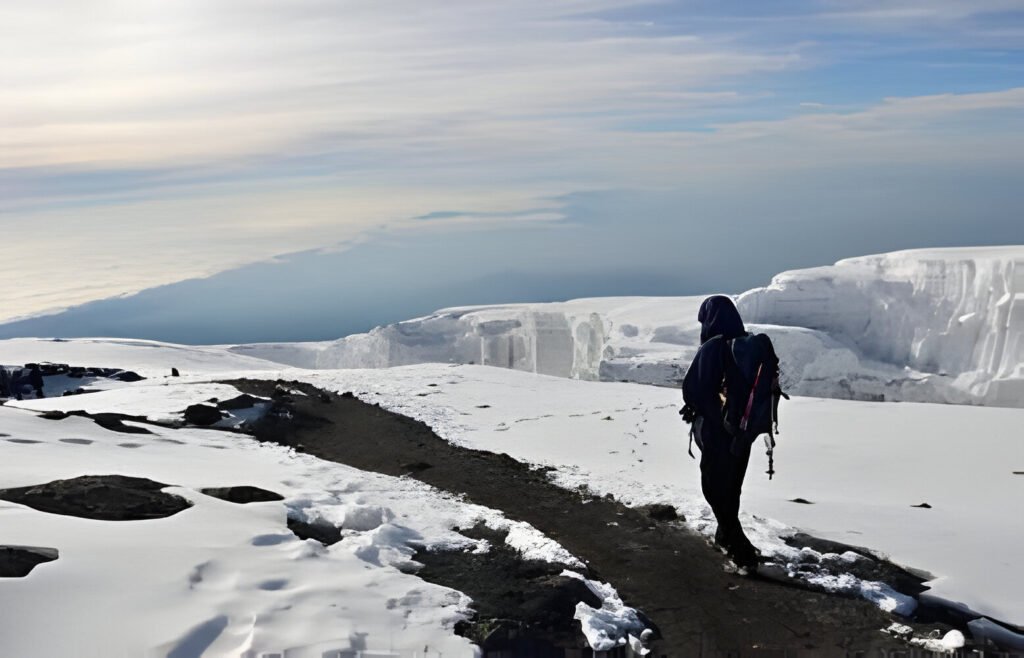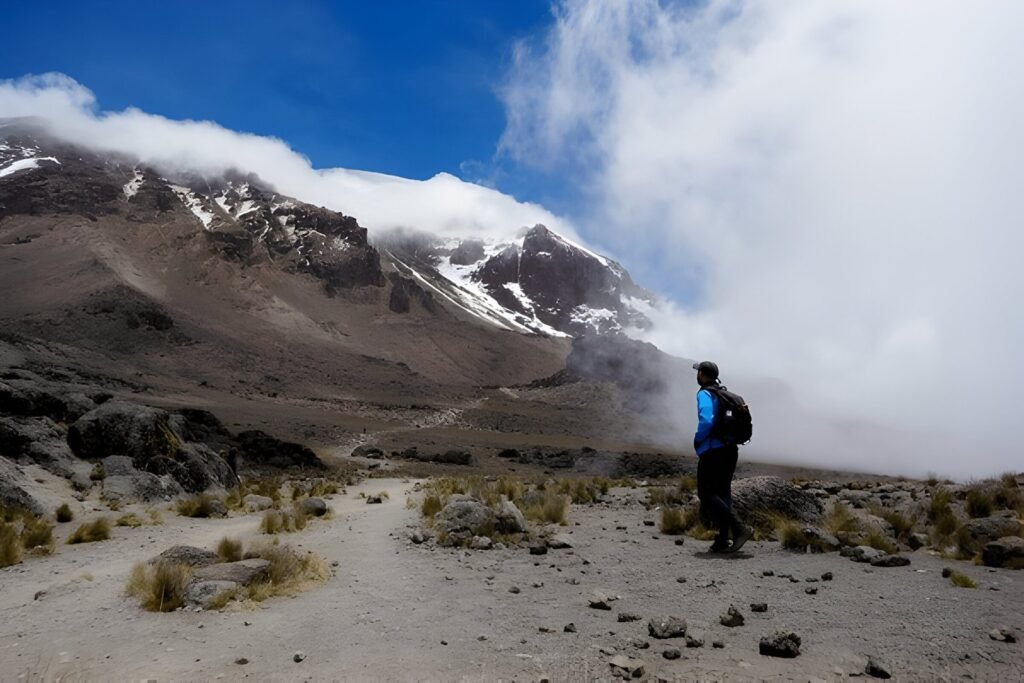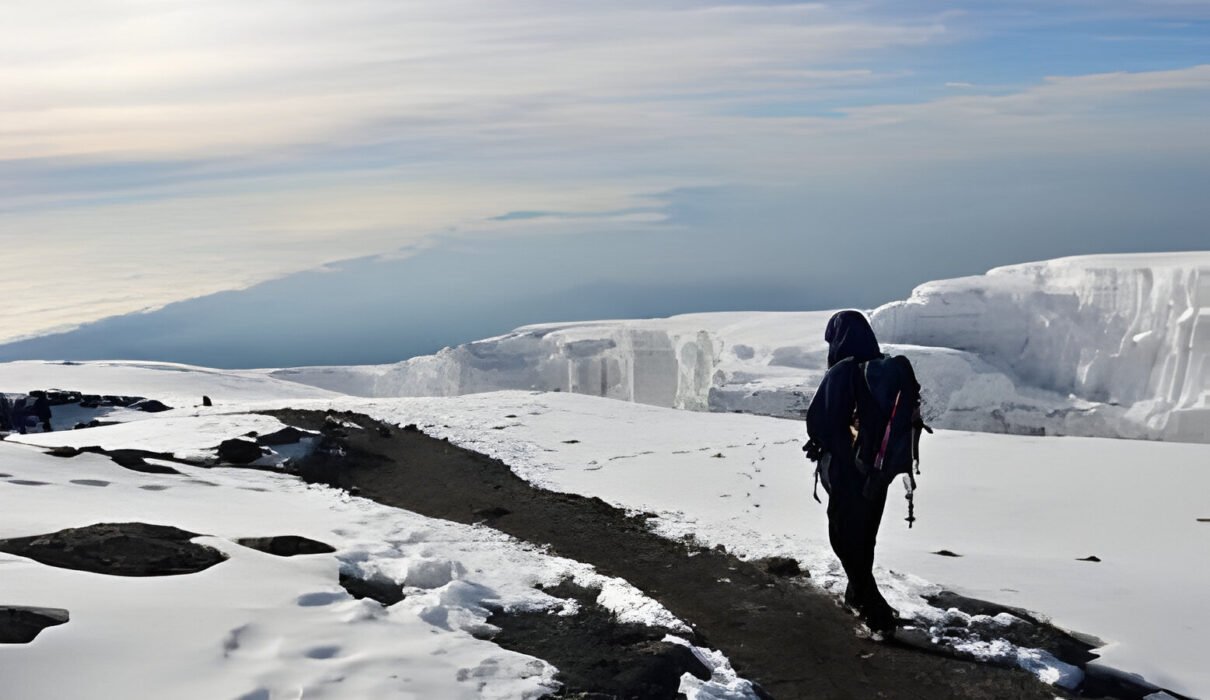Conquer the Summit: Your Ultimate Guide to Climbing Kilimanjaro. Towering over the African landscape, Mount Kilimanjaro stands as the continent’s highest peak, beckoning adventurous souls to undertake the challenge of reaching its summit. Climbing Kilimanjaro is a dream for many, and with the right preparation and guidance, this awe-inspiring feat can become a reality.
In this comprehensive guide, we’ll delve into the essential information you need to plan and execute your Kilimanjaro expedition, ensuring a safe and unforgettable journey to the “Roof of Africa.”

Conquer the Summit: Your Ultimate Guide to Climbing Kilimanjaro / Choosing the Right Route
Kilimanjaro offers several trekking routes, each with its own unique character and level of difficulty. The most popular routes include the Marangu, Machame, Lemosho, and Rongai trails. Each route has its own pros and cons, so it’s essential to research and select the one that best suits your fitness level, experience, and personal preferences.
Conquer the Summit: Your Ultimate Guide to Climbing Kilimanjaro/ Acclimatization and Altitude Sickness
Climbing Kilimanjaro involves a significant gain in altitude, which can lead to altitude sickness if not properly managed. Proper acclimatization is crucial to maximize your chances of reaching the summit. We recommend following a gradual ascent schedule, allowing your body time to adjust to the changing atmospheric conditions.
Conquer the Summit: Your Ultimate Guide to Climbing Kilimanjaro/ Packing and Gear Considerations
Preparing the right gear for your Kilimanjaro expedition is essential. From sturdy hiking boots to warm layers, you’ll need to ensure that you have the appropriate equipment to keep you comfortable and safe during the trek. Our gear guide will help you make informed decisions and pack efficiently for your journey.
Conquer the Summit: Your Ultimate Guide to Climbing Kilimanjaro / Fitness and Training
Climbing Kilimanjaro requires a good level of physical fitness. While the trek is not technically challenging, the high altitude and long distances can be demanding. We recommend starting a training regimen well in advance, focusing on endurance, strength, and cardiovascular exercises to prepare your body for the challenge ahead.
Conquer the Summit: Your Ultimate Guide to Climbing Kilimanjaro/ Choosing a Reputable Tour Operator
Selecting a reliable and experienced tour operator is crucial for a successful Kilimanjaro expedition. Research thoroughly, read reviews, and choose a company that prioritizes safety, sustainability, and the well-being of their clients and porters.
FAQs:
What is the best time of year to climb Kilimanjaro?
The most popular climbing seasons are during the dry months of January-March and June-October. These periods offer the best weather conditions for trekking.
Kilimanjaro is considered a non-technical climb, but the high altitude and physical demands make it a challenging expedition. With proper preparation and acclimatization, it is achievable for fit individuals.
The trek typically takes 5-9 days, depending on the route and your pace. Longer routes, such as the Lemosho or Rongai, allow for better acclimatization and increase your chances of reaching the summit.

Conquer the Summit: Your Ultimate Guide to Climbing Kilimanjaro : Conclusion
Climbing Mount Kilimanjaro is a life-changing adventure that offers the opportunity to conquer Africa’s highest peak and immerse yourself in the stunning natural beauty of the region. With careful planning, the right preparation, and a reliable tour operator, your Kilimanjaro expedition can be the ultimate test of your physical and mental resilience, culminating in the exhilaration of standing atop the “Roof of Africa.”
Book you spot now via E-mail

